Beyond the Squat: Building Strong, Sculpted Glutes with Science-Backed Moves
Let’s be honest: strong glutes aren't just about aesthetics (though a well-shaped backside is certainly a perk!). They are the powerhouse of your body – the engine driving your runs, stabilizing your spine, protecting your knees and lower back, and giving you that explosive power for jumping, sprinting, and even just climbing stairs without groaning. Yet, so many of us spend hours in the gym only to wonder, "Why aren't my glutes growing?" The truth is, not all exercises are created equal when it comes to targeting these crucial muscles. As someone who's spent years studying biomechanics and coaching clients, I can tell you it's less about endless reps and more about strategic movement.
Understanding Your Gluteal Masterpiece:
Before we dive into the exercises, let’s quickly appreciate what we're working with. Your glutes aren't one single muscle; they're a powerful trio:
Gluteus Maximus: The big boss. Primarily responsible for hip extension (thrusting your hips forward) and external rotation. Think: standing up from a chair, sprinting, climbing.
Gluteus Medius: The stabilizer king/queen. Located on the side of your hip, crucial for hip abduction (lifting your leg out to the side) and preventing your pelvis from dropping when you walk or stand on one leg. Weak medius often leads to knee pain or the dreaded "hip dip" concern.
Gluteus Minimus: The medius’s smaller partner underneath, assisting with abduction and internal rotation.

The Glute Activation Gap:
Here's a common pitfall: many popular leg exercises involve the glutes, but they don't necessarily maximize their activation or growth potential. Classic squats and lunges, for instance, heavily recruit the quads. If your quads are dominant (which is common), they'll happily take over the work, leaving your glutes snoozing. That's why targeted glute training is essential – you need exercises that force them to be the star of the show.
The Best Exercises for Glute Growth (Backed by Science & Experience):
Based on electromyography (EMG) studies – which measure muscle electrical activity – and years of practical application, these exercises consistently reign supreme for glute development. Remember, form is paramount. Sacrificing technique for weight is a fast track to injury and poor results.
Hip Thrust: The Glute Growth Gold Standard
Why it Wins: EMG studies consistently show the hip thrust elicits the highest activation in the gluteus maximus, often significantly higher than squats or deadlifts. It directly targets hip extension with minimal quad involvement and allows for heavy loading safely.
How to Master It: Sit on the ground with your upper back against a sturdy bench, knees bent, feet flat about hip-width apart. Place a loaded barbell across your hips (use a pad!). Drive through your heels, squeezing your glutes hard to lift your hips until your body forms a straight line from shoulders to knees. Hold the top squeeze for a second, then lower with control. Pro Tip: Tuck your chin slightly to keep your spine neutral. Focus on driving up with the hips, not arching the lower back excessively.
Expert Insight: Bret Contreras, PhD (aka "The Glute Guy"), whose research popularized this move, emphasizes its unique ability to load the glutes maximally in their strongest range of motion (shortened position).
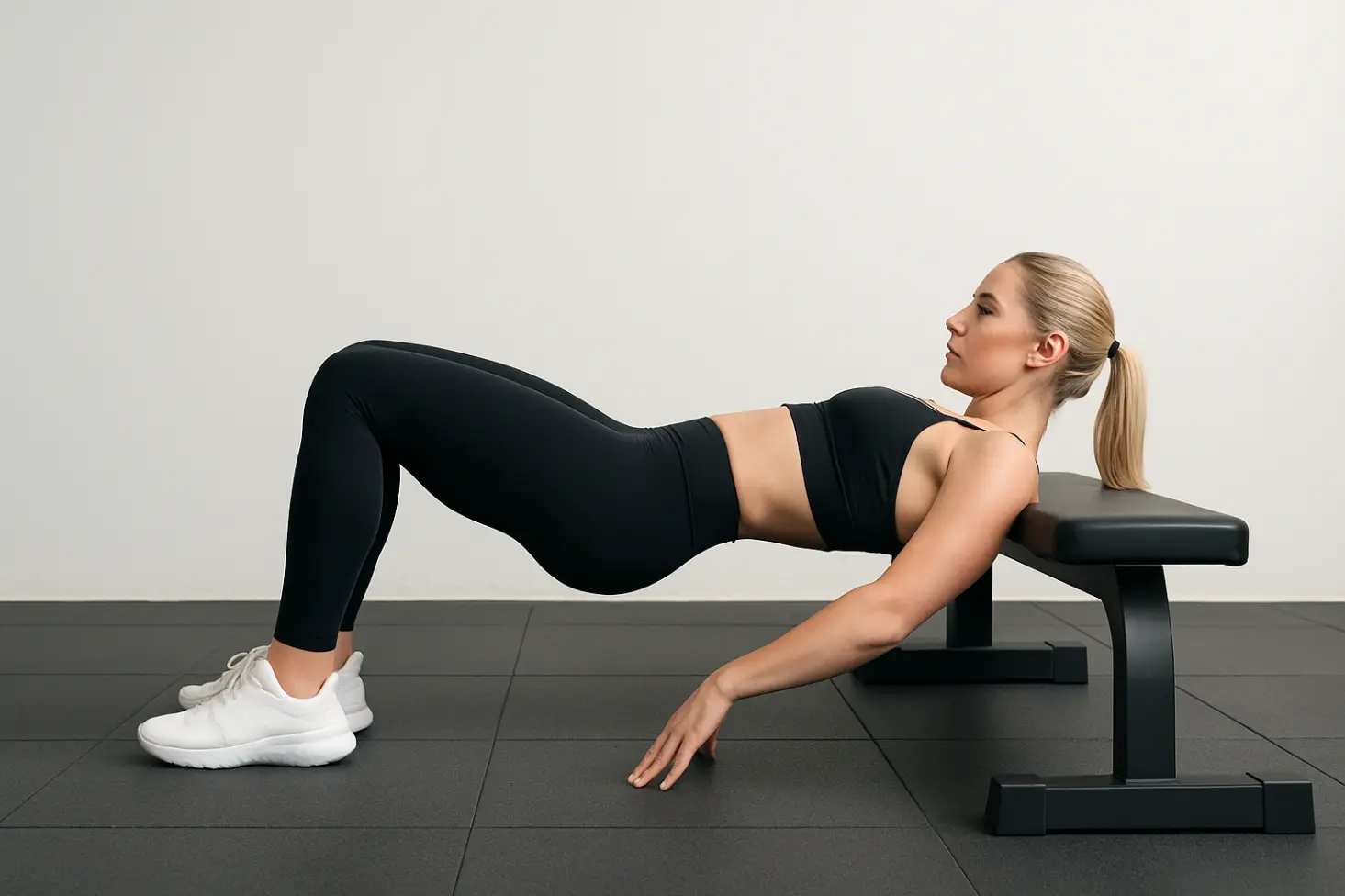
Barbell Back Squat: The Foundational Mass Builder
Why it's Essential: While it recruits quads and hamstrings significantly, a deep back squat powerfully stretches and activates the gluteus maximus, especially at the bottom of the movement. It builds overall lower body strength and mass like few other exercises.
How to Master It: Bar positioned on upper back/traps. Feet slightly wider than shoulder-width, toes slightly out. Take a big breath, brace your core, and descend by pushing hips back and bending knees, aiming to get thighs at least parallel to the floor (deeper = more glute stretch). Drive through your entire foot (especially heels and midfoot) to stand back up, squeezing glutes at the top. Pro Tip: Ensure your knees track in line with your toes throughout. Don't let them cave in.
Case Study: Research comparing squat depth shows significantly higher gluteus maximus activation in deep squats compared to partial squats. Depth matters!
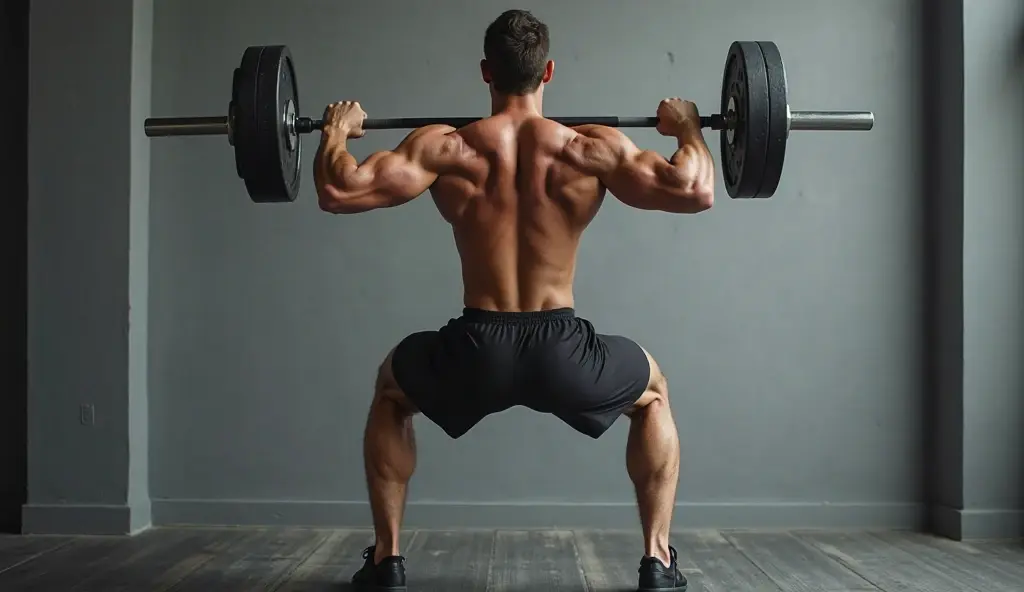
Romanian Deadlift (RDL): The Hamstring & Glute Maximizer
Why it Shines: Fantastic for the posterior chain (glutes and hamstrings). It emphasizes the hip hinge pattern and loads the glutes maximus powerfully in a stretched position (eccentric loading), crucial for hypertrophy.
How to Master It: Stand tall, feet hip-width. Hold a barbell or dumbbells in front of thighs. Soften knees slightly. Hinge at your hips, pushing your butt straight back while keeping your back flat and chest up. Lower the weight, feeling a deep stretch in your hamstrings. Once you feel the stretch (usually just below knees, but depends on flexibility), drive hips forward to stand up, squeezing glutes hard. Pro Tip: The movement comes entirely from the hips. Imagine closing a car door with your butt. Don't round your back!
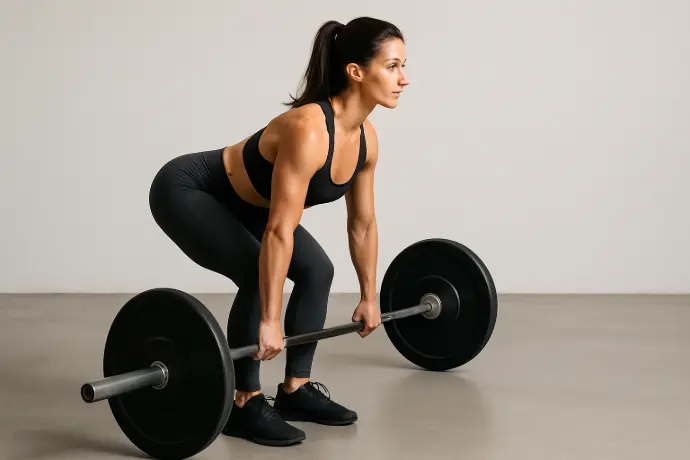
Bulgarian Split Squat: The Unilateral Powerhouse
Why it's Brutally Effective: This single-leg variation forces each glute to work independently, correcting imbalances and maximizing muscle fiber recruitment. It provides an incredible stretch on the working glute at the bottom.
How to Master It: Stand lunge-length in front of a bench. Place the top of one foot on the bench behind you. Lower your back knee straight down towards the floor, keeping your front knee tracking over your ankle (don't let it shoot way past toes). Keep your torso upright. Drive through the heel of your front foot to stand back up. Pro Tip: Focus on lowering down with control to maximize the stretch on the front glute. Use dumbbells for added resistance.

Cable Pull-Through: The Underrated Glute Finisher
Why it's a Secret Weapon: Provides constant tension on the glutes throughout the entire range of motion, mimicking the hip thrust pattern but with a different feel. Excellent for learning the hip hinge and getting a deep glute burn without heavy spinal loading.
How to Master It: Stand facing away from a low cable pulley with a rope attachment. Step forward so the rope passes between your legs. Hinge at the hips (like the RDL), knees slightly bent, back flat. Drive your hips forward powerfully against the cable resistance, squeezing glutes hard at the top. Control the return. Pro Tip: Keep the movement smooth. Think "hip thrust" motion rather than pulling with your arms.

Banded Lateral Walk: The Medius Master
Why it's Non-Negotiable: Directly targets the often-neglected gluteus medius and minimus. Crucial for pelvic stability, knee health, and rounding out the glute profile (hello, side curves!).
How to Master It: Place a resistance band loop around your ankles or just above your knees. Sink into a slight athletic stance (quarter squat), keeping tension on the band. Take controlled steps sideways, leading with your heel, resisting the band's pull to keep knees from caving in. Pro Tip: Keep your toes pointing forward and upper body stable. Don't let your hips bob up and down – stay low.
Beyond the List: Key Principles for Glute Success
Progressive Overload is King: Your glutes adapt. To keep them growing, you need to gradually increase the challenge over time – add weight, do more reps (within reason, 6-15 rep range is generally ideal for hypertrophy), perform more sets (2-4 sets per exercise is a good start), or improve your form/tempo (slower lowering phase).
Mind-Muscle Connection (MMC): This isn't fluff. Consciously squeezing your glutes hard at the peak contraction of each rep (like the top of a hip thrust or RDL) significantly increases muscle activation. Imagine you're trying to crack a walnut between your cheeks!
Full Range of Motion (ROM): Go deep (safely!) in squats, get that stretch in RDLs and split squats. Training through a full ROM stimulates more muscle fibers.
Frequency: Hitting your glutes 2-3 times per week allows for sufficient stimulus and recovery.
Fuel and Recovery: Muscles grow when resting, fueled by adequate protein and calories. Don't skimp on sleep or nutrition.
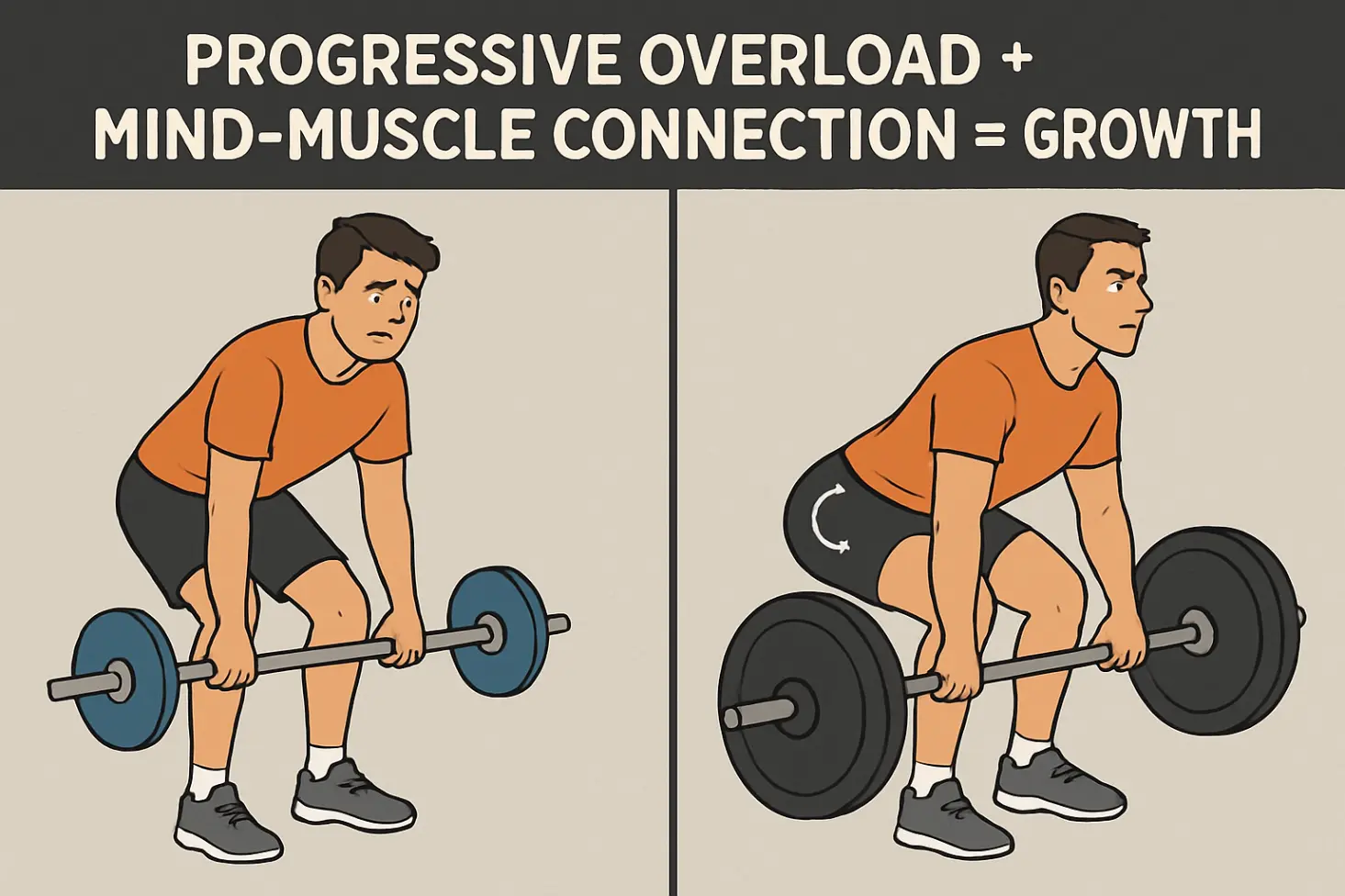
Putting It Together: A Sample Glute Day
Hip Thrust: 3 sets of 8-12 reps (Heavy, focus on overload)
Barbell Back Squat: 3 sets of 6-10 reps (Focus on depth and control)
Bulgarian Split Squat: 3 sets of 8-12 reps per leg (Unilateral focus, stretch)
Cable Pull-Through: 3 sets of 12-15 reps (Constant tension, burn)
Banded Lateral Walk: 2 sets of 15-20 steps per direction (Medius finisher)
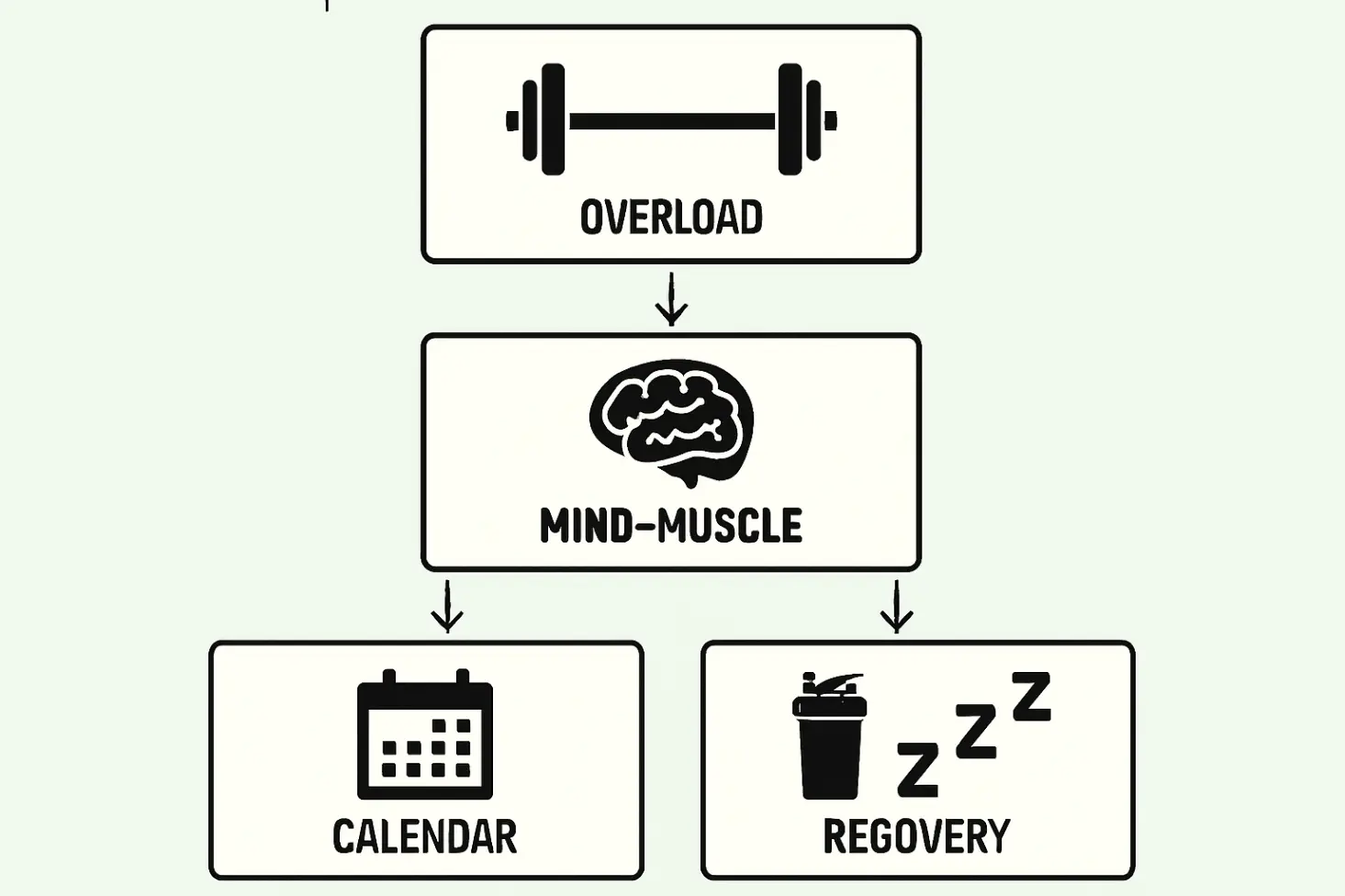
Conclusion: Building Your Foundation
Forget chasing fleeting trends or endless sets of ineffective exercises. Building strong, sculpted glutes requires understanding the anatomy, choosing movements proven to deliver maximum activation (like the hip thrust, RDL, and deep squat), applying the iron-clad principles of progressive overload and mind-muscle connection, and staying consistent.
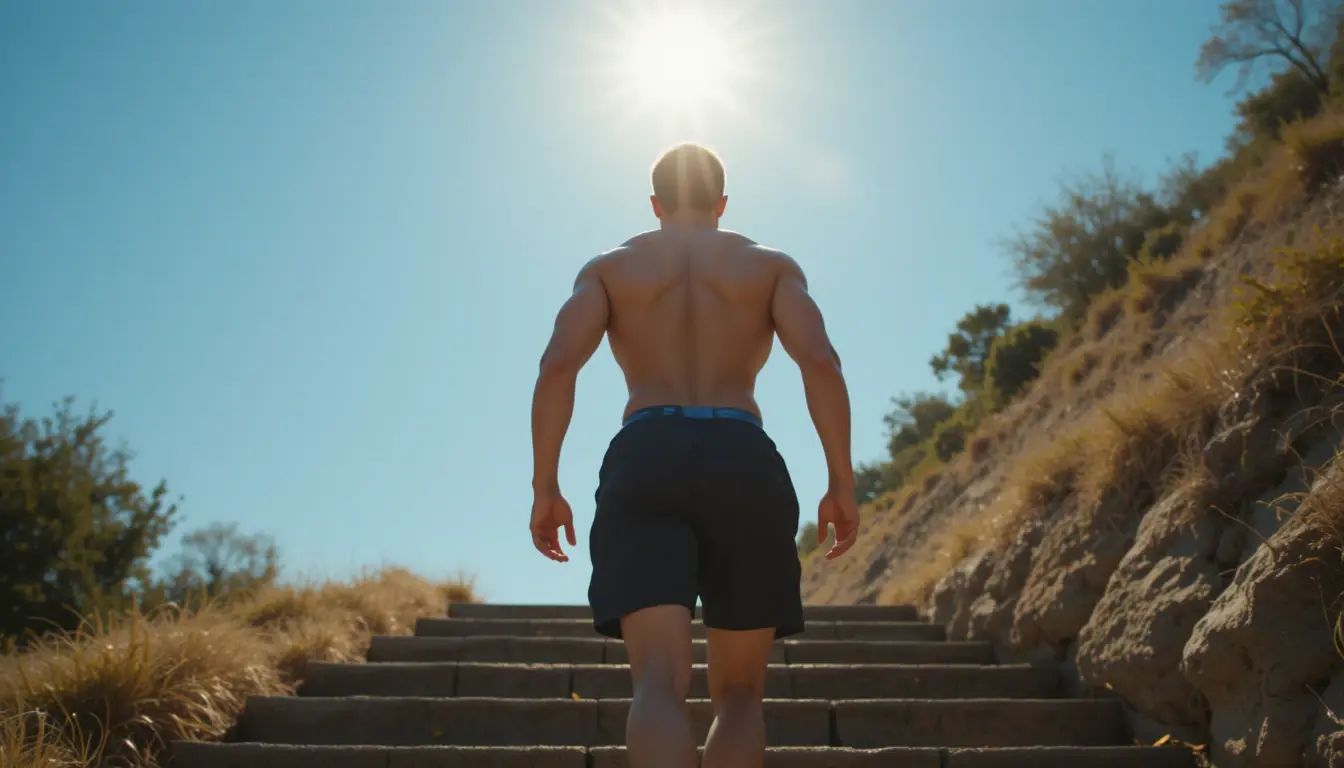
Strong glutes are about far more than looks; they are the bedrock of a resilient, powerful, and pain-free body. Whether you're aiming to lift heavier, run faster, climb mountains, or simply move through life with more vigor and less ache, investing in your glutes is one of the smartest things you can do. Grab a barbell, master the hip hinge, squeeze with intention, and build your powerhouse from the ground up. Your body – front, back, and sides – will thank you for it. Now go get those gains!